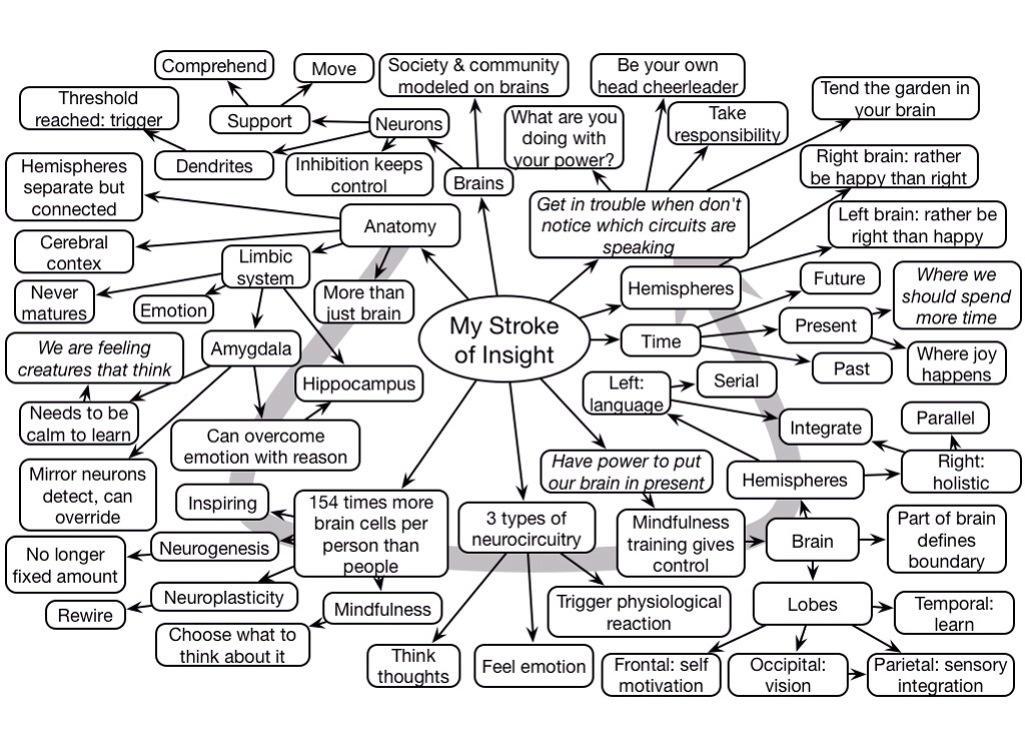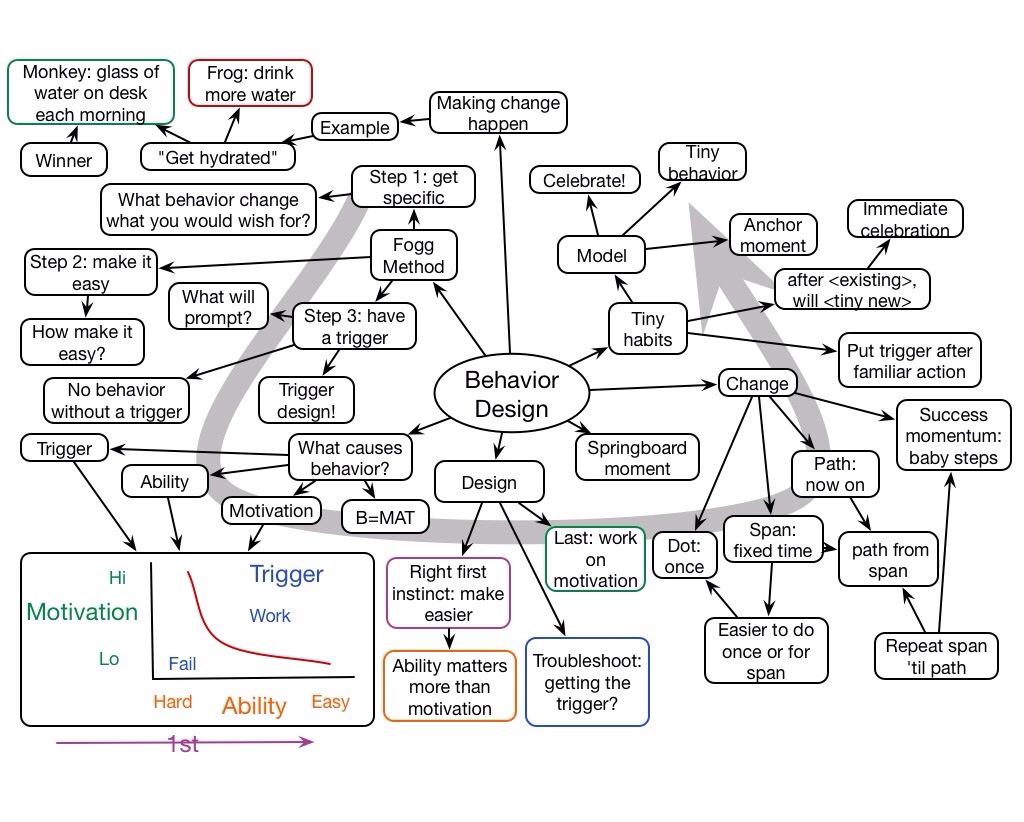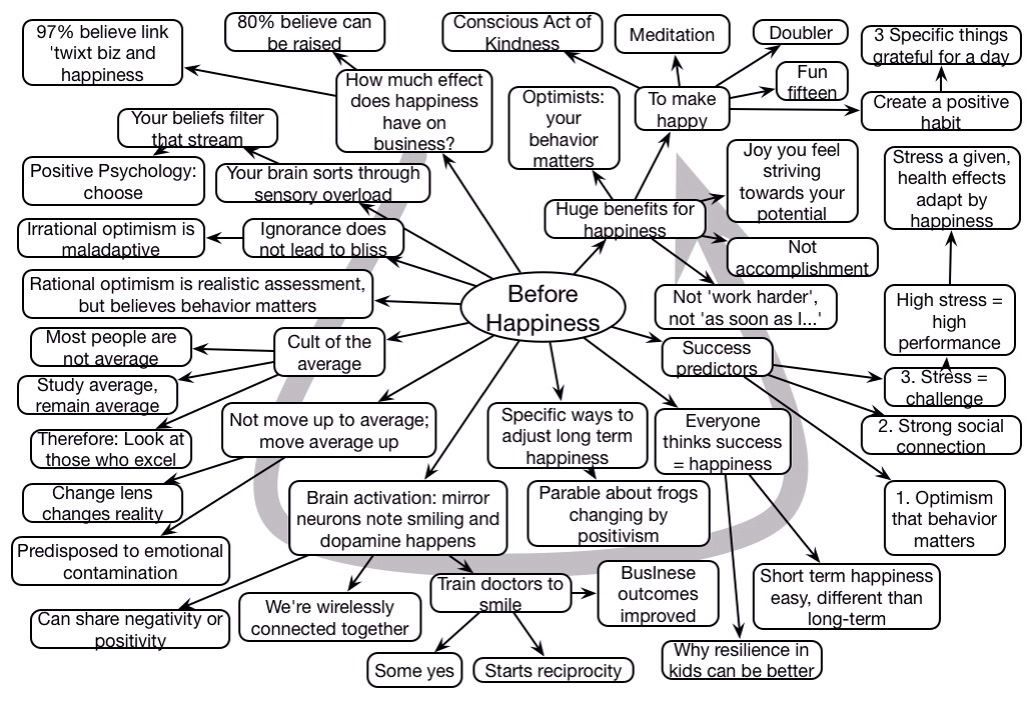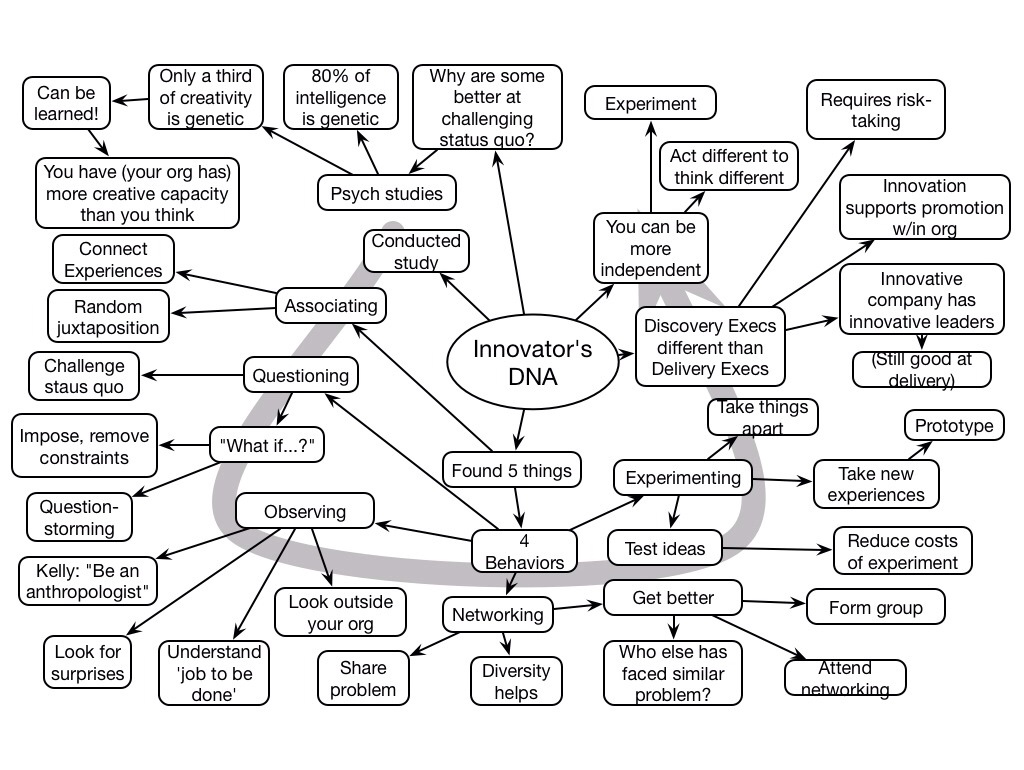I’ve been watching the Olympics, at least select bits (tho’ I’m an Olympics widower; the full panoply is being watched in the house). And I enjoy seeing some of the things that I can relate to, but I realize that the commentators make a big difference.
The distinction seems to come down to a fundamental difference (aside from the ones that drill into uncomfortable zones with a zeal that seems to be a wee bit inhuman): the ones who describe what’s happening versus those who explain. Let me explain.
Description isn’t a bad thing, so when I watch (American) football, a guilty pleasure, the play-by-play commentator tends to describe the action, helping to ascertain what’s happened in case it’s confounded by intervening people, bad camera angles, interruptions, what have you. Similarly, I’ve been listening to Olympic commentators describe the action in case I have missed it. And that’s helpful.
But in football, the color commentator (often a player or coach), interprets or explains what happened, and interprets it. Similarly, the good commentary on Olympics has someone explain not just what happened (X just made a spectacular run), but why (Y was absorbing the forces better, minimizing the elements that would detract from speed). And this is really important.
I have a former mentor, colleague, and friend who is now part of an organization that enhances sports broadcasts with additional information; it’s a form of augmented reality showing things that started with first down lines in football but now includes things like wind and tracking information in the America’s cup. Similarly, I have loved the overlays of one person’s performance against another. The point is providing insight into the context, and more importantly the thinking behind the performance.
The relevance I’m seeing is that showing the underlying concepts help inform the exceptional performance, help educate about the nuances, and help support comprehension. This relates so much to what we need to be doing in business. Working and learning out loud is so important to transfer skills across the organization. Showing the thinking helps spread the understanding. Whether it’s breaking from the pack in snow cross, or closing deals, having the thinking annotated is essential for spreading learning.
Whether it’s a retrospective by the performer or expert commentary, explaining, not just describing, is important. Does my explanation make sense? :)



